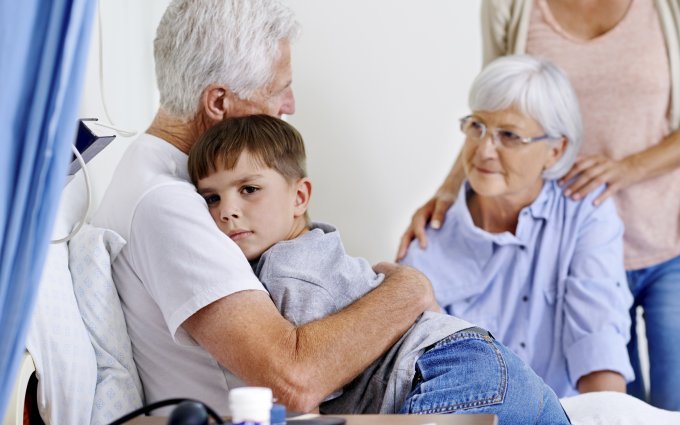05/19/2015

As discussed last week, the psychological impact of a life-altering injury can’t be understated. Since many factors other than human body physiology impact disability and return to work capability, only a holistic approach to case management will achieve the best outcomes. But there’s more to the story.
Just as a catastrophic injury can affect the physical, psychological and social abilities of the injured worker, his or her family may also be impacted. In part two of this conversation we consider these broader consequences and suggest ways to help those in need.
A Shared Experience
Catastrophic injury happens without warning and without consideration of whatever was going on in the injured worker’s life at that point. Everything gets turned upside down in an instant. Suddenly, in addition to dealing with everyday responsibilities, an injured worker and her family/support system now need to confront treatment decisions, confusion from medical terminology and the short and long term consequences of an injury.
Immediately following a traumatic experience, the injured worker is often battling for her life. Meanwhile, the feelings of shock, uncertainty and grief may be felt even more intensely by the family and friends. While the injured worker may have no memory about the accident and initial treatment, this support system may have vivid, traumatic memories of seeing their loved one seriously hurt in an intensive care unit.
The person who loses an extremity or some other physical or cognitive function will go through the stages of grief as part of the healing process. The family must go through this, too, as they begin navigating the road ahead.
The grieving process and new caregiving responsibilities can impose a great deal of stress, and the family will need assistance coping and answering questions about their new future. Once it is clear the person will survive, the family will naturally wonder about what the course of treatment and outcome will be, what will change and who will pick up the injured worker’s responsibilities. How will they cope and adapt? Will everyone cooperate or will there be conflicts among family members?
Helping Families Support the Injured Worker
Case managers can identify community-based resources for the injured worker’s family to help all parties adjust to their new roles and ensure family members are strong enough to meet new responsibilities. Healthy family members can provide functional oversight of rehabilitation and extended care and help keep the injured person safe in the home and the community. Training should include protocols for long-term medical care, recognition of common symptoms requiring medical attention, and best practices for safety.
Peer to peer support, proven effective at motivating individuals, also helps families care for themselves while assisting the injured worker. Establishing a social connection with someone who faces similar challenges builds camaraderie and allows for catharsis. Though best engaged in a face-to-face setting, support groups may also be found online.
No one can provide care if they have no reserves to draw upon. Family members may feel guilty about tending to their own lives, but they should be reminded that taking care of their basic needs, such as rest, nutrition and socialization, will help everyone. They must also learn that it is okay to let someone else help.
5 Case Management Tips
Expert Guidance
Catastrophic injuries require advanced care coordinated by an experienced case manager trained in biopsychosocial assessment. Paradigm Outcomes’ Network Managers are experts in evaluating how a family and the injured worker are coping. By collaborating with the Paradigm Medical Directors, they solve challenges until the injured worker and family are capable of doing so on their own. Paradigm goes the extra mile to ensure all family members have the resources they need to help the injured worker achieve the best possible functional recovery.
To learn more about Paradigm Outcomes and strategies for complex case management, visit our website or follow us on Facebook, Twitter, and LinkedIn for more news and information.